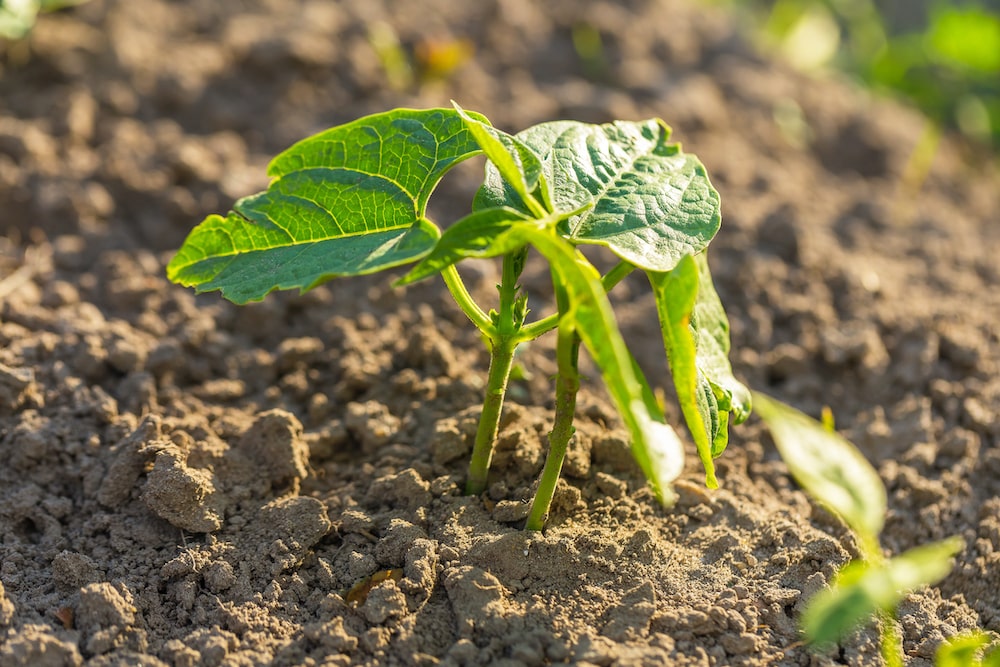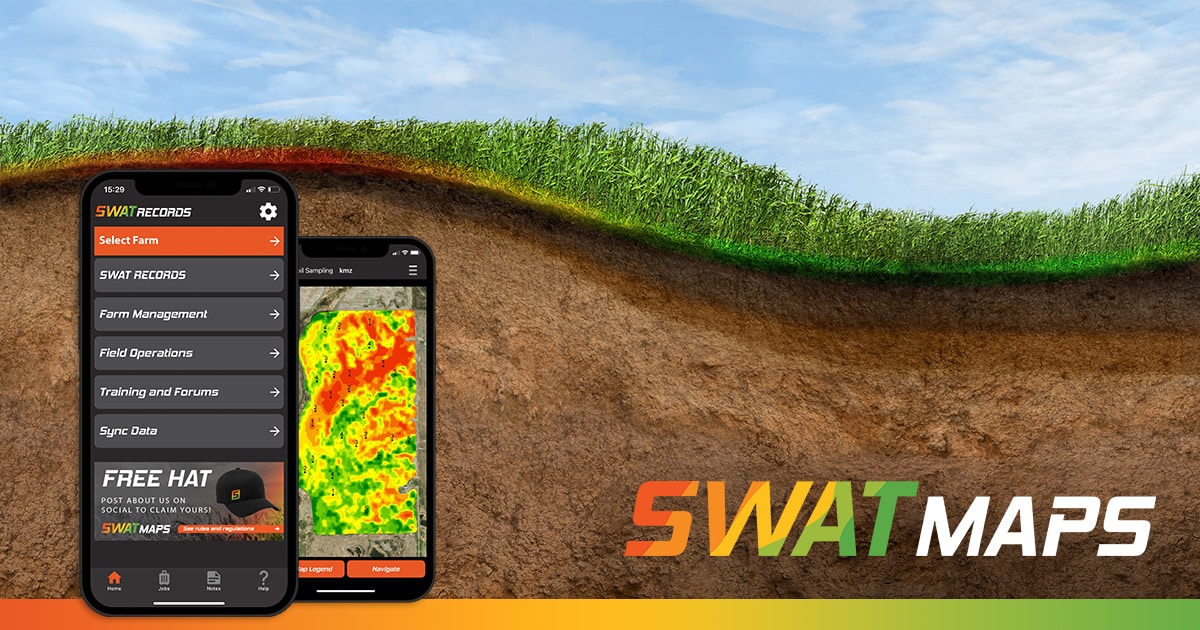Spilling the (Edible) Beans About SWAT MAPS

As the popularity of SWAT MAPS continue to grow around the globe, it is important to remember that the soil properties captured by SWAT MAPS are applicable to many crops. As an example, in Manitoba, Croptimistic and our partners are learning ways to use SWAT MAPS to manage potential issues in edible beans.
Edible beans like soils that are reasonably fertile and well drained and do not tolerate waterlogged or saline areas. Edible beans have a thin seed coat and need to be handled with care to minimize seed damage. Any seed damage from cracks and seed coat issues can affect mortality greatly. Edible beans have higher mortality in the driest areas of the field - even more than soybeans.
Figure 1. Zone 1 of typical bean field
Fields mapped with SWAT MAPS have the benefit of knowing which areas are driest - zones 1 and 2. That means we can manage them better. We can increase planting rates in those areas because we know mortality is higher. An even population means herbicide applications for both post-emergent and pre-harvest is properly timed which is important as labels are very restrictive for edible beans. Edible beans are used for human consumption, so following proper label recommendations and pre-harvest intervals is critical. A uniform stand increases chances of even flowering for a properly timed fungicide application which helps to reduce disease severity. At harvest, a consistent population means better harvest timing and less potential losses.
Figure 2. Zone 5 of typical bean field
SWAT MAPS also show the highest yield potential areas of the field – typically zones 4 to 7. Over population and excess nitrogen in these zones may increase the chance of white mold development when conditions for disease are present. To manage that we can afford to reduce seeding rates as we know mortality in these areas is lower. We can also decrease nitrogen levels in these zones as excess applied nitrogen can stimulate lush growth development in the canopy. Under favorable growing conditions these zones are where mineralization is occurring that will supply the beans with more nitrogen and really push these high potential zones for more yield.
Figure 3. Zone 10 of typical bean field
Zones 9-10 with SWAT MAPS indicate the heavier soil textures and wetter areas of the field. Mortality here is usually higher. However, due to the sensitivity of edible beans to heavy soils, waterlogged areas, and salinity, it may not make sense to increase populations in these zones. A management decision here could be to neither increase nor decrease planting rates in these lower producing areas - but try to maintain an average population. The goal here is to maintain a population that will be competitive with weeds and use some of the water that is in excess in these areas, but not spend more dollars on additional seed and inputs when mortality could be extreme, and the crop would be unlikely to thrive. And sometimes the decision to not plant edible beans in a high-risk zone 10 is the best strategy.
Figure 4. Plant stand counts of all zones across typical bean field
Soil characteristics determine what crops we can successfully grow all over the world. By understanding the zones of your fields with SWAT MAPS, it gives you the chance to improve management of these areas. Talk to your Croptimistic staff or area partner to determine what makes the best sense for your soils and your unique SWAT MAP.
Amber Knaggs
Precision Agronomist
amber@swatmaps.com









